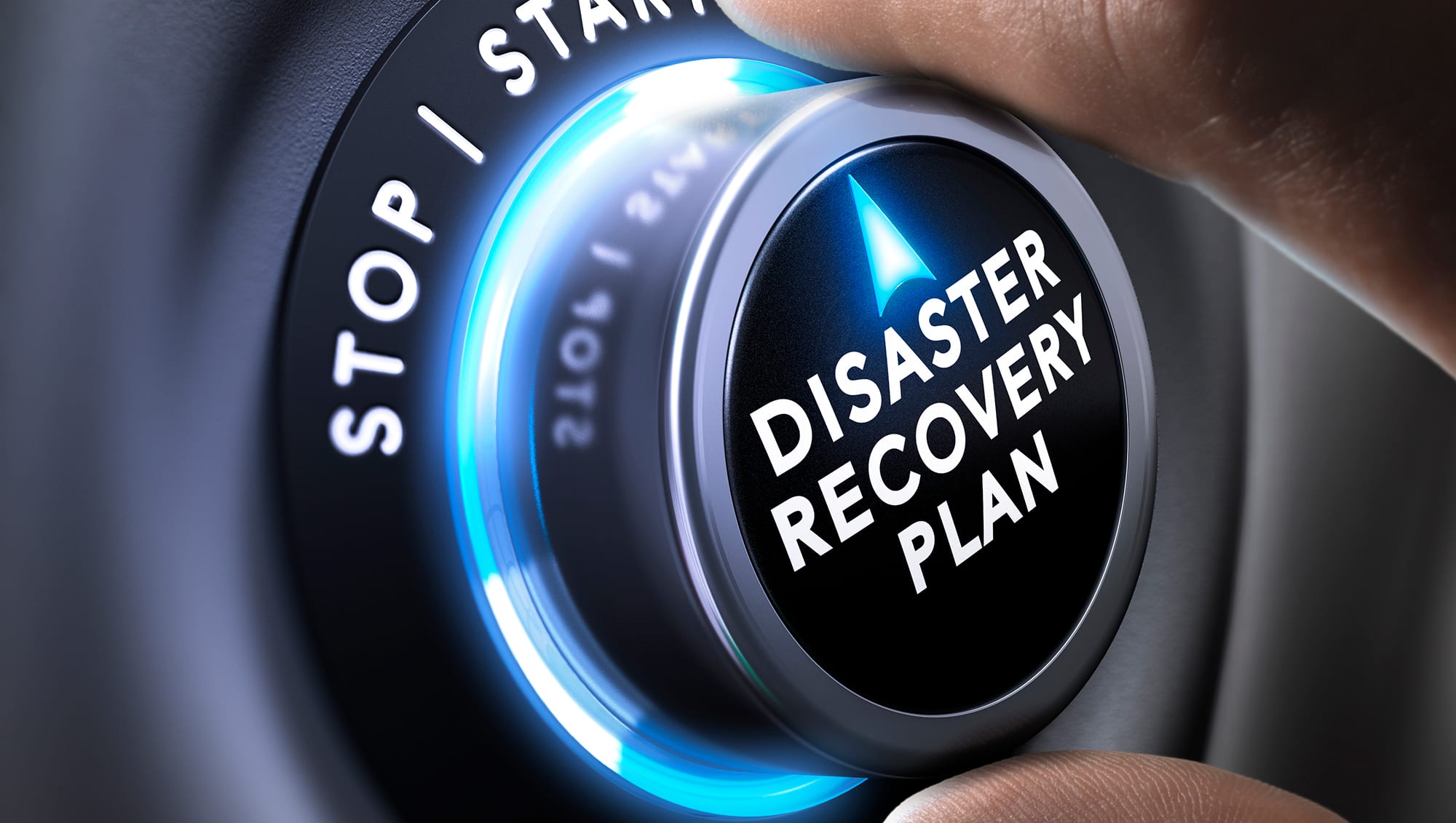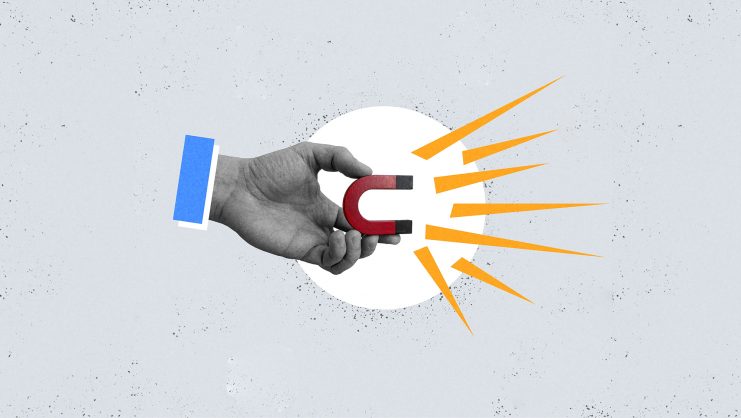Crises are no longer atypical; they are structural. During a crisis, the main attribute at stake is trust. Although crisis resolution usually requires companies to adopt operational, commercial, financial, or labor-related decisions, good communication management plays a vital role in ensuring that the company’s image stays clean and avoids irreversible damage. More than economic sanctions, criminal liability, or damage to the company’s image, crises always entail very deep feelings such as fear, insecurity, and rage.
All companies know—or should know—their weaknesses and vulnerabilities. With these factors in mind, they can outline a crisis prevention and management plan that will allow them to minimize the impact of a difficult situation that could cause them to lose the trust of key stakeholders, be they investors, consumers, or employees. Companies must anticipate and prepare for the worst-case scenarios, understand who their key audiences are, and be ready to convey the right messages to them.
When confronted with a crisis—like Samsung, which had to recall mobile phones because of battery issues, or Volkswagen, with its diesel emissions scandal—companies face various challenges, including communicating in a way that minimizes the negative impact. In any crisis, there is a trigger, usually preceded by warning signs, which you have to be able to interpret. The warning signs are followed by the explosion, the “fire,” and usually a search for someone to blame. Throughout these processes, there are red flags that you must react to. For such a response to be possible, all members of the organization should be alert to signs of a problem that is likely to worsen. Take the example of McDonald’s. Whenever pamphleteers, squatters, or anti-system protesters proliferate in a particular area, the multinational takes action because it understands that these developments can presage the occupation of its establishments as a show of protest against the capitalist system.
In times of crisis, we are continually in contact with all of our audiences. Communication allows us to manage, in real time, our efforts to listen, engage in dialogue, and tailor our messages as events unfold. You have to be able to decode stakeholders’ expectations. During a crisis, the natural tendency of business managers is to assume that problems will subside on their own or to focus exclusively on the customers, neglecting other audiences such as government bodies, unions, the media, consumer associations, and even competitors.
During a crisis, the natural tendency of business managers is to assume that problems will subside on their own or to focus exclusively on the customers.
Reacting with empathy
Silence is not a good choice. If something can be found out, it will be. And if it’s bad, it’s best for people to hear it from you. Denial is only a valid option if everything is false. Shifting responsibility doesn’t work, either: “blaming the dead” generally breeds distrust. What about confession? By itself, it’s not enough to resolve a crisis. People will forgive a mistake, but they won’t tolerate lies. If a company or institution shows that it reacts to a crisis with empathy (understanding its audiences), diligence (solving the problem), and honesty (taking responsibility), it can emerge stronger.
It’s important to distinguish crises from issues and potential conflicts. A crisis often has an “owner”: a brand, a protagonist—someone who is blamed or expected to respond. With issues, however, ownership tends to be shared by multiple players. Who owns the problem of global warming? Crises are usually solved from within, endogenously, whereas issues require a collaborative response involving public-private alliances across multiple sectors. Crises generate a reactive response, whereas issues require a more proactive approach.
What should you do before a crisis hits? There is no single exact strategy, but there are various plans that can prevent such a situation: conducting a risk audit, writing a crisis-management manual, monitoring the issues that affect the sector and the entity in question, and having an experienced, well-trained crisis team or committee in place beforehand.
Crisis prevention, management, and resolution make it possible to address a potentially adverse situation more effectively. Because crises give signals that allow us time to prepare, it’s best to conduct an analysis to identify the risks, determine how serious their consequences could be, and decide how likely these adverse events are. This is known as a risk audit: you rank the likelihood of the various scenarios and prioritize your angles of attack. It’s common, though impractical, for crisis committees to lock themselves into a self-analysis that leads them to view the problem differently from the way society sees it.
Crises are living things, so you mustn’t stop listening. The team tasked with addressing the crisis on the company’s behalf must be predefined and have a particular profile. The team should be composed of people with different backgrounds, including corporate players—especially lawyers and communications professionals—as well as technical specialists who are accustomed to dealing with crises of that particular sort and ready to deploy the necessary arguments. The team should also include someone who thinks about the market and the customers. All these angles can and should be represented on the crisis committee. In any case, executive management must absolutely be present, because the team needs to be able to make decisions.
During a crisis involving consumer products, you have to get on television and talk to people on an emotional level, rather than using scientific arguments.
Identifying risks
Companies need to identify risks in order to minimize them. This is especially true in the case of publicly traded companies. Investors want to know what the company will do in the event of a situation of financial, operational, strategic, or liability-related risk. The company I work for operates in 20 countries in different time zones. At least once a quarter, we find ourselves dealing with a coup, a currency devaluation, or an election—some source of uncertainty that affects us—somewhere in the world. Besides that sort of thing, each company or institution faces its own intrinsic difficulties—crises that are foreseeable, or at least occupy the realm of the possible (personnel adjustments, mergers and acquisitions, problems with product quality, etc.).
Given this reality, companies design contingency plans that are practically conceived in real time. Therefore, it’s more important to have internalized dynamics and behaviors, plus teams of people with sensitivity and vision who are able to raise red flags when they detect issues that could be prelude to a crisis.
How can we learn to manage bad news? I think our “patients” want to hear it straight. It’s good for them to hear the diagnosis, so that they can start working through the same dramatic, multi-stage process that real patients go through: denial, anger when they realize it’s serious, negotiation, depression, and finally acceptance.
Crisis management has to do with emotions, not facts. In this field, there are “cold” media that speak to your brain—newspapers, online media—but there are also “hot” media—radio, television—that target your heart. During a banking crisis, people expect to see the news in the financial newspapers. Everything changed the day that financial institutions’ problems made the leap to TV news and talk shows. That’s when we all started talking about preferred stock and evictions. The banks were uncomfortable with that change, because it forced them to deal with “hotter,” more emotional media—the kind that transform feelings into behavior.
Therefore, during a crisis involving consumer products, you have to get on television and talk to people on an emotional level, rather than using scientific arguments that only reach the “cold” media consumers who use their head to understand the information. Nowadays, people don’t question most information; they retweet and share their feelings. In times of crisis, this dynamic works against brands.
In my view, the spokesperson during a crisis should not be the person who knows the most about the subject. It should be someone with expert credibility but who knows how to get a point across and explain things using examples. In a difficult situation, you need to transmit very simple messages: the sensation of control and communication carries much more weight than what is actually being said. After a plane crash, it is more important to focus on details such as the airport of origin and the emergency procedures in place (medical care provided, patients taken to the hospital, support for family members, etc.) than to make premature guesses about things like the cause of the accident and the definitive passenger list. Conveying an image of control is crucial to building trust. Any hypothesis that is ultimately contradicted by reality will destroy your credibility.
In a difficult situation, you need to transmit very simple messages: the sensation of control and communication carries much more weight than what is actually being said.
New online risks
Thanks to the Internet, there’s no such thing as time limits. The media are constantly generating content, and guidelines and criteria regarding the sensitivity of communication teams need to be established. Because there is no longer any downtime, information and decision-making are not focused on a single person but on a group. Nevertheless, the basics of crisis communication are essentially the same in online and offline media. In online media, things move faster—sometimes at dizzying speed—but the most important thing is still to listen and understand your audiences. Thanks to social media, you can do this very quickly.
After a crisis, you have to analyze what’s been done and control the damage to the company’s reputation. Moreover, a truly large-scale crisis can cause aftershocks—like an earthquake—so people suffer more because they know what can happen again. After a crisis, the authorities ramp up their inspection measures in the affected sector, and irregularities usually emerge. The media and consumers are hypersensitized, and even those who are used to dealing with risk (pilots, machine operators, key decision-makers) become more nervous, increasing the likelihood that mistakes will be made. After a crisis—accident, spill, fire, product contamination, etc.—the combination of these factors often leads to new aftershocks, to which the public generally overreacts.
One final recommendation: don’t lie. In a crisis, everything comes out eventually. You can control the information and the pace at which it is released, but you must never lie. And remember that it’s very important to cater to your company’s internal audience—the first ambassadors of peace or conflict. Peer-to-peer communication is much more credible than communication through any media outlet.
© IE Insights.











